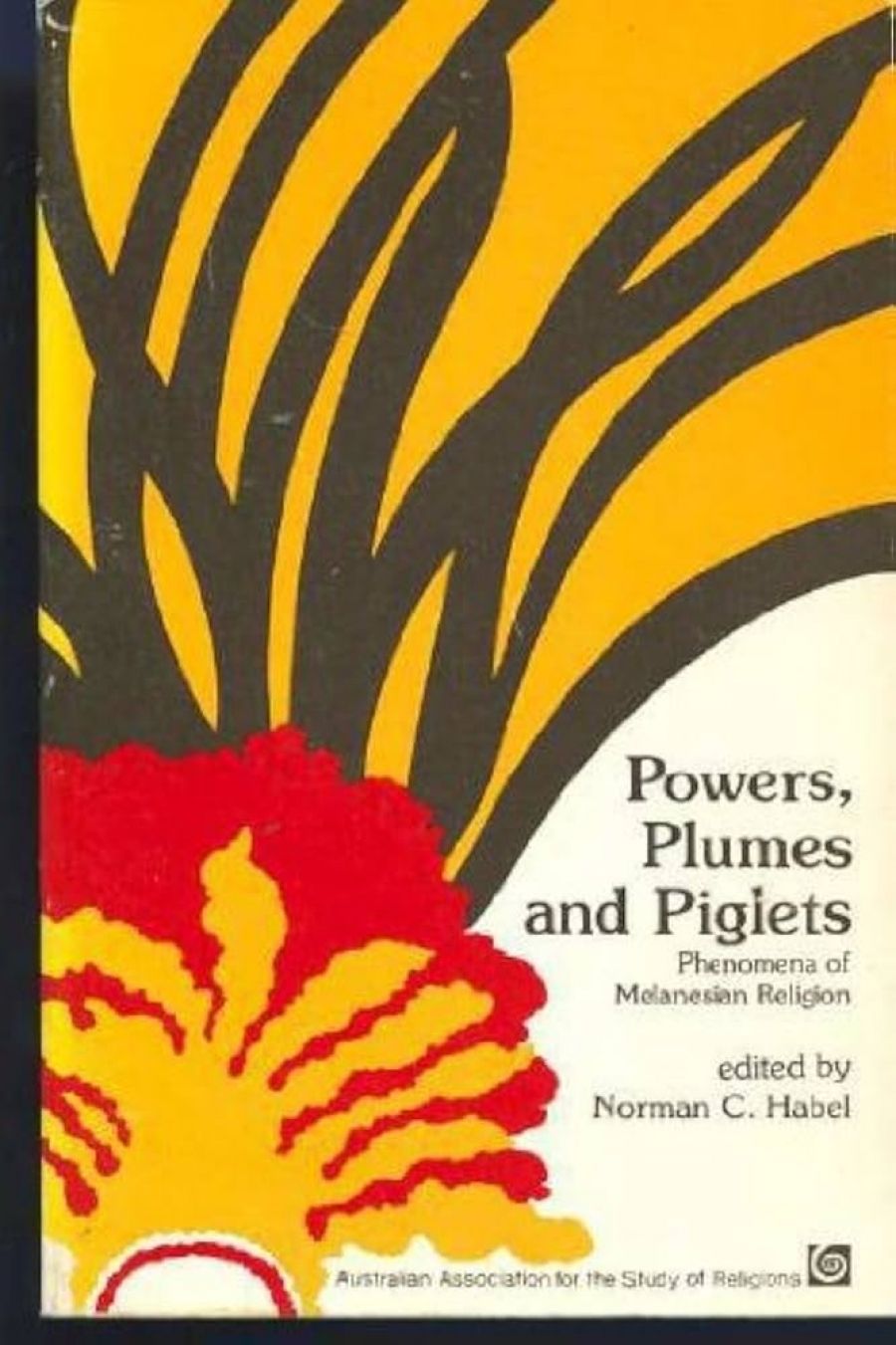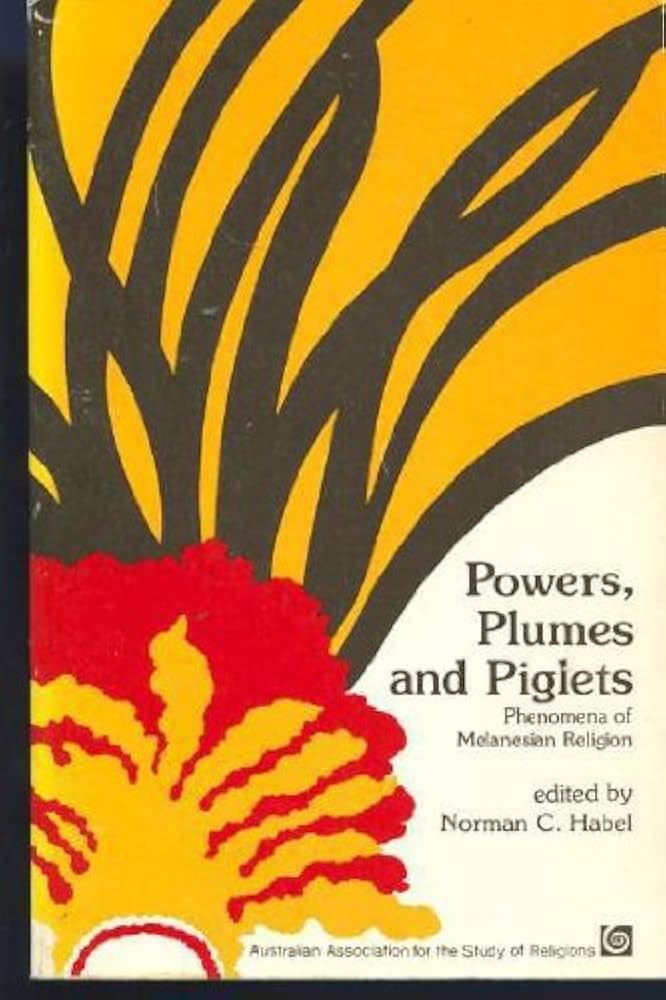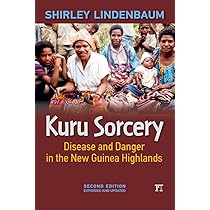
- Free Article: No
- Contents Category: Religion
- Review Article: Yes
- Article Title: Pork and Feathers
- Online Only: No
- Custom Highlight Text:
In Papua New Guinea, no one dies from natural causes except, perhaps, some foreigners. At least, that is what every islander believes. Even a lifelong active Christian such as Mr Justice Narakobi’s mother, on her deathbed, attributed her fatal asthma to sorcery.
- Book 1 Title: Powers, Plumes and Piglets
- Book 1 Subtitle: Phenomena of Melanesian Religion, Australian Association for the Study of Melanesian Religion
- Book 1 Biblio: Sturt CAE, $6.50
- Book 1 Cover Small (400 x 600):

- Book 1 Cover (800 x 1200):

- Book 2 Title: Kuru Sorcery
- Book 2 Subtitle: Disease and Danger in the New Guinea Highlands
- Book 2 Biblio: Mayfield, Palo Alto, $5.00
- Book 2 Cover Small (400 x 600):

- Book 2 Cover (800 x 1200):

Eight of the fourteen articles, five of them by islanders, in Powers, Plumes and Piglets deal with religious phenomena, the rest aim to interpret them. There is, of course, a wealth of literature, most of it by foreign academics, which leaves no doubt that what Western man perceives to be two separate and distinctive worlds, that of the spiritual and that of the temporal, are but one universe to Melanesians. Space, symbols, rituals and powers concerning the living as much as the dead in Papua New Guinea must, therefore, be understood in this ‘one universe’ context. The articles in this book, especially those by islanders, contribute to our understanding. Caspar. To Vanimara, a Roman Catholic priest, for instance, throws more light on the significance and use of tambu, the traditional shell money still very much in in use by the Tolai who are well and truly in the modern cash economy, than foreign writers, e.g., Richard Salisbury, Scarlett Epstein, have done. Franz Karun, also a priest, gives a new dimension to the Malangan cult of New Ireland; his contribution helps us to better understand the writings of earlier foreign observers such as Hortense Powdermaker and Father Peekel.
Regrettably, the five articles seeking to interpret religious phenomena are not as successful. The authors, either academics or missionaries, all of them foreigners, have not succeeded in getting away from their ethno-centric backgrounds. Roderic Laceys attempt to explain themes in precolonial religious life is the best of those articles and, most noteworthy, a pioneering effort.
The inter-disciplinary collaboration which ought to but rarely does characterise academic toil achieved outstanding results in the Fore area of the New Guinea Highlands. The combined efforts of anthropologists, medical scientists, and government administrators led to the discovery of the cause of a hitherto unknown form of death among the Fore. A sub-acute degenerative disorder of the central nervous system, not previously reported anywhere, so afflicted the Fore that over 1,100 deaths from it occurred among 8,000 South Fore between 1957 and 1968, mostly among adult women. Its effects were devastating because women are not only child-bearers but also grow the Fore’s food and tend the pigs. The people probably still ascribe such deaths to sorcery but the scientific explanation is a virus, transmitted when the flesh of persons who have died from kuru, as the disease is known, is eaten. In Kuru Society, Shirley Lindenbaum gives a clear and fascinating account of the work by anthropologists such as Ronald M. Berndt, Robert Glasse and herself, and the medico-scientific achievements headed by Drs Carleton Gajdusek and Vin Zigas, which earned Gajdusek the Nobel Prize. The much-maligned kiaps, the patrol officers who took population censuses and, most important, got the people to abandon cannibalism, also have a vital part in this story. ‘Detective story’ may be the best description of Kuru Sorcery, and Lindenbaum’s account, by its workman-like, jargon-free treatment, makes excellent reading for anyone who wants to know how death from disease is seen by Papua New Guineans and Westerners respectively.


Comments powered by CComment